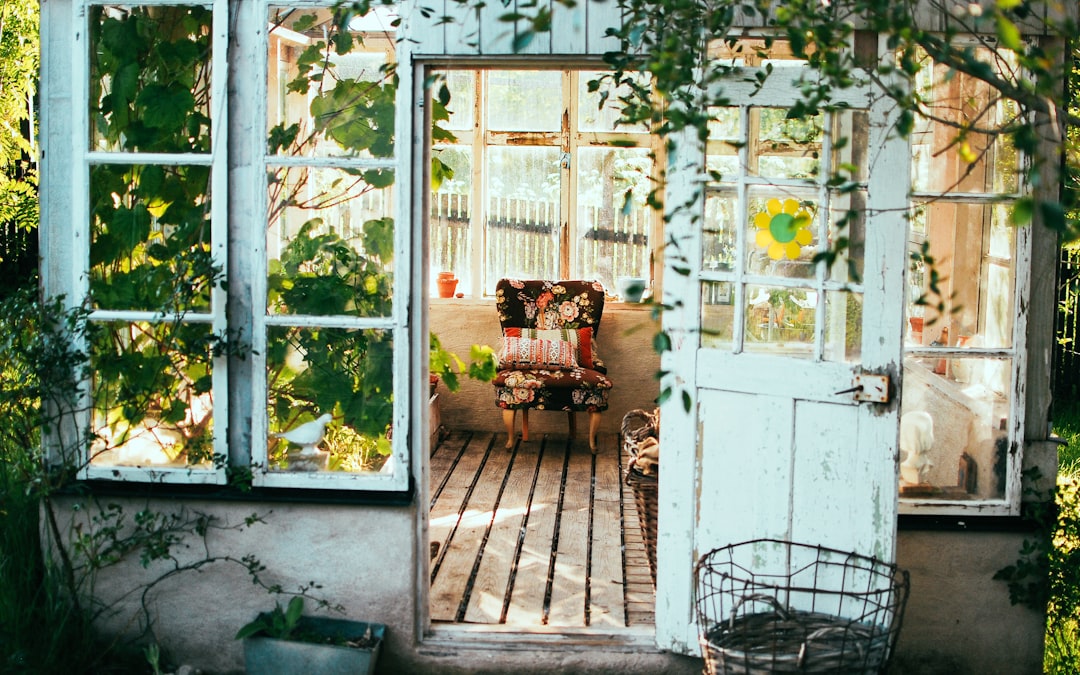When it comes to container gardening, using the right type of soil is crucial for plant health. Many beginners make the mistake of using garden soil in containers, only to find their plants struggling. The key difference between potting mix and garden soil lies in their composition and how they affect drainage. In this guide, we'll explore why potting mix is the better choice for containers, why proper drainage is essential for plant growth, and how you can improve soil conditions for your container plants.
Potting Mix vs. Garden Soil: What's the Difference?
Potting Mix
Potting mix is specifically designed for container plants. It is lightweight, drains well, and retains enough moisture for healthy root growth. Unlike garden soil, which can become compacted, potting mix remains aerated, allowing roots to breathe and absorb nutrients efficiently.
Key Features:
-
Contains a blend of organic materials like peat moss, coconut coir, and compost, which improve moisture retention while preventing waterlogging.
-
Includes perlite or vermiculite to enhance aeration and drainage, ensuring roots receive the oxygen they need.
-
Often enriched with slow-release fertilizers to provide essential nutrients over time.
-
Free from pests, diseases, and weed seeds, making it a clean and safe option for potted plants.
-
Lightweight and easy to work with, making it ideal for indoor and outdoor container gardening.
Best For:
-
Containers, raised beds, and indoor plants.
-
Plants that require good aeration and moisture retention, such as herbs, vegetables, flowers, and fruit-bearing plants.
-
Seed-starting and transplanting young plants.
Garden Soil
Garden soil is the natural soil found in your yard. While great for in-ground gardening, it is not ideal for containers because of its heavy texture, poor drainage, and tendency to become compacted.
Key Features:
-
Composed of sand, silt, and clay in varying proportions, which can create dense, hard-packed soil over time.
-
Can retain too much moisture, leading to waterlogged roots and an increased risk of root rot in container plants.
-
May contain weed seeds, pests, and diseases that could harm container plants.
-
Becomes compacted over time, restricting root growth and limiting water and nutrient absorption.
-
Heavier than potting mix, making it difficult to move potted plants when needed.
Best For:
-
In-ground flower beds and vegetable gardens, where natural soil conditions support plant growth.
-
Amending raised garden beds when mixed with compost or organic matter to improve texture and fertility.
-
Landscaping projects, such as tree and shrub planting, where deep-root systems benefit from soil’s natural structure.
Why Drainage Matters in Containers
Proper drainage is essential for preventing overwatering, which is one of the most common causes of plant failure in containers. Without good drainage, excess water can accumulate, suffocating roots and leading to root rot. Unlike in-ground gardens, where excess water naturally drains through the soil, containers can trap water if they lack adequate drainage.
Signs of Poor Drainage
-
Water pools on the surface of the soil rather than being absorbed.
-
Yellowing or wilting leaves, which indicate root stress.
-
A foul, rotten smell coming from the soil, suggesting root rot.
-
Stunted growth or plants that suddenly decline despite regular watering and feeding.
How to Ensure Good Drainage in Containers
-
Use a High-Quality Potting Mix: A well-draining potting mix prevents water from pooling around roots while retaining enough moisture for plant hydration.
-
Choose Containers with Drainage Holes: Always select pots with holes at the bottom to allow excess water to escape.
-
Add Drainage Layers (Optional): Placing a layer of gravel, broken pottery, or coarse sand at the bottom of a pot can help prevent soil from clogging the drainage holes.
-
Avoid Overwatering: Water only when the top inch of soil feels dry to the touch, and always empty saucers underneath pots to prevent standing water.
-
Elevate Pots: Using pot feet, risers, or placing containers on stands improves airflow and drainage.
-
Mix in Perlite or Sand: If your potting mix retains too much moisture, adding perlite, sand, or coarse material can improve drainage.
-
Consider Self-Watering Containers: These are great for plants that need consistent moisture but still provide controlled drainage to prevent waterlogging.
Improving Drainage in DIY Potting Mix
If you prefer to create your own potting mix, you can improve drainage by mixing the following ingredients:
-
Peat Moss or Coconut Coir: Retains moisture while allowing excess water to drain away.
-
Perlite or Vermiculite: Increases aeration and prevents soil compaction.
-
Compost: Provides nutrients and improves soil structure.
-
Coarse Sand or Pine Bark: Enhances drainage while adding texture.
A balanced mix typically includes one part peat moss/coconut coir, one part perlite or vermiculite, and one part compost. Adjusting the ratios depending on plant needs ensures optimal growth conditions.
Conclusion
Understanding the difference between potting mix and garden soil can make all the difference in your container gardening success. Potting mix provides the drainage and aeration needed for healthy roots, while garden soil can lead to compaction and poor water flow. By using the right soil, ensuring proper drainage, and making simple adjustments to improve soil structure, you can create a thriving container garden that flourishes in any space. Whether you’re growing flowers, herbs, vegetables, or houseplants, giving your plants the right foundation will lead to healthier growth, better yields, and more vibrant greenery.

Comments
No comments yet. Be the first to comment!
You must be logged in to comment. Login